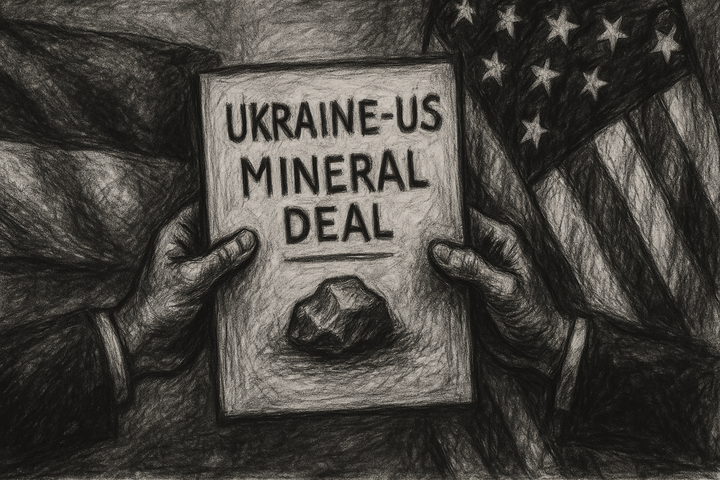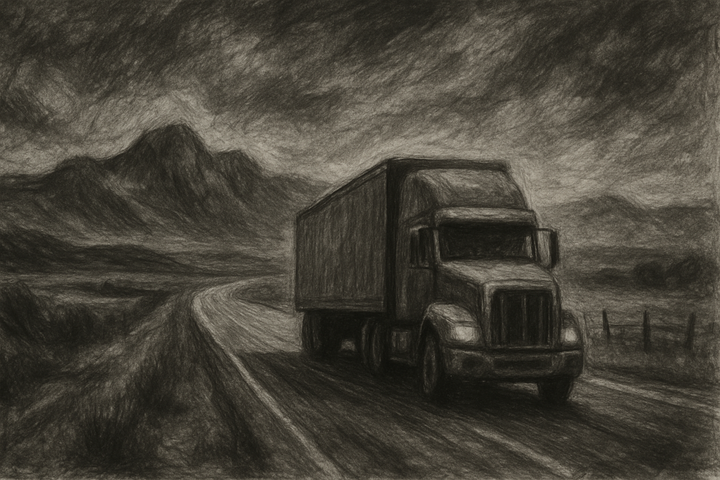The India-Pakistan Conflict Over Kashmir: Recent Escalations and Historical Roots

The India-Pakistan relationship has been fraught with tension since their independence in 1947, with the Kashmir region at the heart of their disputes. The recent escalation in April 2025, following a deadly terrorist attack in Pahalgam, has once again pushed these two nuclear-armed nations toward the brink of conflict. This blog post explores the recent events, traces the historical roots of the Kashmir conflict, and examines why this region remains a persistent source of tension between India and Pakistan.
Recent Events: The 2025 Pahalgam Attack and Its Aftermath
On April 22, 2025, a terrorist attack in the Baisaran Valley near Pahalgam in Indian-administered Kashmir resulted in the deaths of 26 people, predominantly Hindu tourists (Wikipedia - 2025 India–Pakistan border skirmishes). The Resistance Front (TRF), an offshoot of the banned militant group Lashkar-e-Taiba (LeT), claimed responsibility for the attack. India accused Pakistan of harboring and supporting the militants, citing alleged links to Pakistan-based terrorist organizations. This accusation triggered a rapid deterioration in bilateral relations.
Diplomatic and Economic Retaliation
India responded with a series of punitive measures:
- Suspended the Indus Waters Treaty, a critical water-sharing agreement.
- Expelled Pakistani diplomats and withdrew its own diplomats from Pakistan.
- Closed borders and revoked visas for Pakistani nationals.
- Suspended a visa-free travel regime and closed the Attari border crossing (CFR - Conflict Between India and Pakistan).
Pakistan denied any involvement, with its defense ministry suggesting the attack might have been a “false flag operation” orchestrated by India. In retaliation, Pakistan:
- Suspended the Simla Agreement of 1972, a key bilateral accord.
- Closed its airspace and trade routes to India.
- Expelled Indian diplomats (Wikipedia - 2025 India–Pakistan border skirmishes).
Military Escalations
The situation escalated into military confrontations along the Line of Control (LoC), the de facto border separating Indian- and Pakistani-administered Kashmir. The following table summarizes key military actions:
This escalation, marked by diplomatic tit-for-tat and cross-border skirmishes, has raised fears of a broader military conflict between the two nuclear-armed neighbors (Al Jazeera - India-Pakistan Tensions).
History of the Kashmir Conflict
The Kashmir conflict originated during the partition of British India in 1947, when the princely state of Jammu and Kashmir became a contested territory. The state, with a Muslim majority (77% in 1941) but ruled by a Hindu Maharaja, Hari Singh, was given the choice to accede to either India or Pakistan (CFR - Conflict Between India and Pakistan).
Key Historical Events
Significant Developments
- Insurgency and Human Rights: Since 1989, the insurgency has resulted in significant violence, including the exodus of 300,000–600,000 Kashmiri Hindus from the valley by 1990, with only 2,000–3,000 remaining by 2016 (Wikipedia - Kashmir conflict). Human rights abuses have been reported on both sides.
- Nuclear Dimension: Both nations became nuclear powers (India in 1974, Pakistan in 1998), raising the stakes of any conflict (Arms Control Center - India and Pakistan).
- Recent Violence: Notable incidents include the 2008 Mumbai attacks (166 killed), the 2016 Uri attack (18 soldiers killed), and the 2019 Pulwama attack (40 soldiers killed), each escalating tensions (CFR - Mumbai Attacks).
Why Kashmir is a Conflict Zone
Kashmir’s status as a conflict zone is driven by a complex interplay of historical, religious, and geopolitical factors:
Religious and Ethnic Composition
Kashmir’s Muslim-majority population (60% in Indian-administered Kashmir) contrasts with its historical Hindu leadership under Maharaja Hari Singh. Pakistan argues that Kashmir should be part of its Muslim nation, while India views the Maharaja’s accession as legal and Kashmir as integral to its secular identity (BBC - Kashmir Conflict).
Territorial Dispute
Both nations claim the entire 86,000 square miles of Jammu and Kashmir but control only parts: Indian-administered Kashmir (larger portion) and Pakistani-administered Kashmir (Azad Kashmir and Northern Areas). The LoC divides these regions, but neither side recognizes it as an international border (BBC - Kashmir Conflict).
Strategic Importance
Kashmir’s location makes it a strategic buffer between India and Pakistan. Control over the region also grants access to the Indus River system, vital for water resources in both countries (CFR - Conflict Between India and Pakistan).
Nationalism and Identity
For India, Kashmir symbolizes its commitment to secularism and unity in diversity. For Pakistan, it is a core issue tied to its identity as a Muslim nation and its founding principle of protecting Muslim interests (TIME - India-Pakistan Tensions).
International Involvement
The United Nations has been involved since 1948, proposing a plebiscite that never materialized due to disagreements over demilitarization. China’s control over Aksai Chin and its investments through the China-Pakistan Economic Corridor (CPEC) add complexity. The U.S. and other powers have offered mediation, often rejected by India (BBC - Kashmir Conflict).
Conclusion
The April 2025 Pahalgam attack and subsequent escalations underscore the enduring volatility of the Kashmir conflict. Rooted in the 1947 partition, the dispute continues to be fueled by religious, territorial, and strategic factors, compounded by nationalistic fervor and international interests. With both India and Pakistan possessing nuclear capabilities, the international community remains deeply concerned about the potential for escalation. A peaceful resolution remains elusive, but understanding the historical and contemporary dynamics of this conflict is crucial for fostering dialogue and de-escalation.
Show in sidebar
Key Citations
- Council on Foreign Relations - Conflict Between India and Pakistan
- Wikipedia - 2025 India–Pakistan border skirmishes
- Wikipedia - Kashmir conflict
- BBC News - Kashmir: Why India and Pakistan fight over it
- Britannica - Kashmir: India, Pakistan, Conflict
- Security Council Report - Karachi Agreement 1949
- History - Milestones: India-Pakistan War 1965
- Security Council Report - Simla Agreement 1972
- Carnegie Endowment - Pakistan’s Endgame in Kashmir
- BBC News - Kargil War 1999
- CFR - Decade After Mumbai Attacks
- Arms Control Center - Nuclear History of India and Pakistan
- The Hindu - Top LeT Commander Altaf Lalli Killed
- NPR - India-Pakistan Kashmir Line of Control Firing
- The New York Times - India Building Case for Striking Pakistan
- Reuters - Pakistan Minister on Imminent Indian Incursion
- The Statesman - Havildar Jhantu Ali Shaikh Martyred
- Al Jazeera - India-Pakistan Tensions Across Kashmir Border
- TIME - India-Pakistan Kashmir Tensions History
- BBC News - Article 370 Revocation in Kashmir




Comments ()